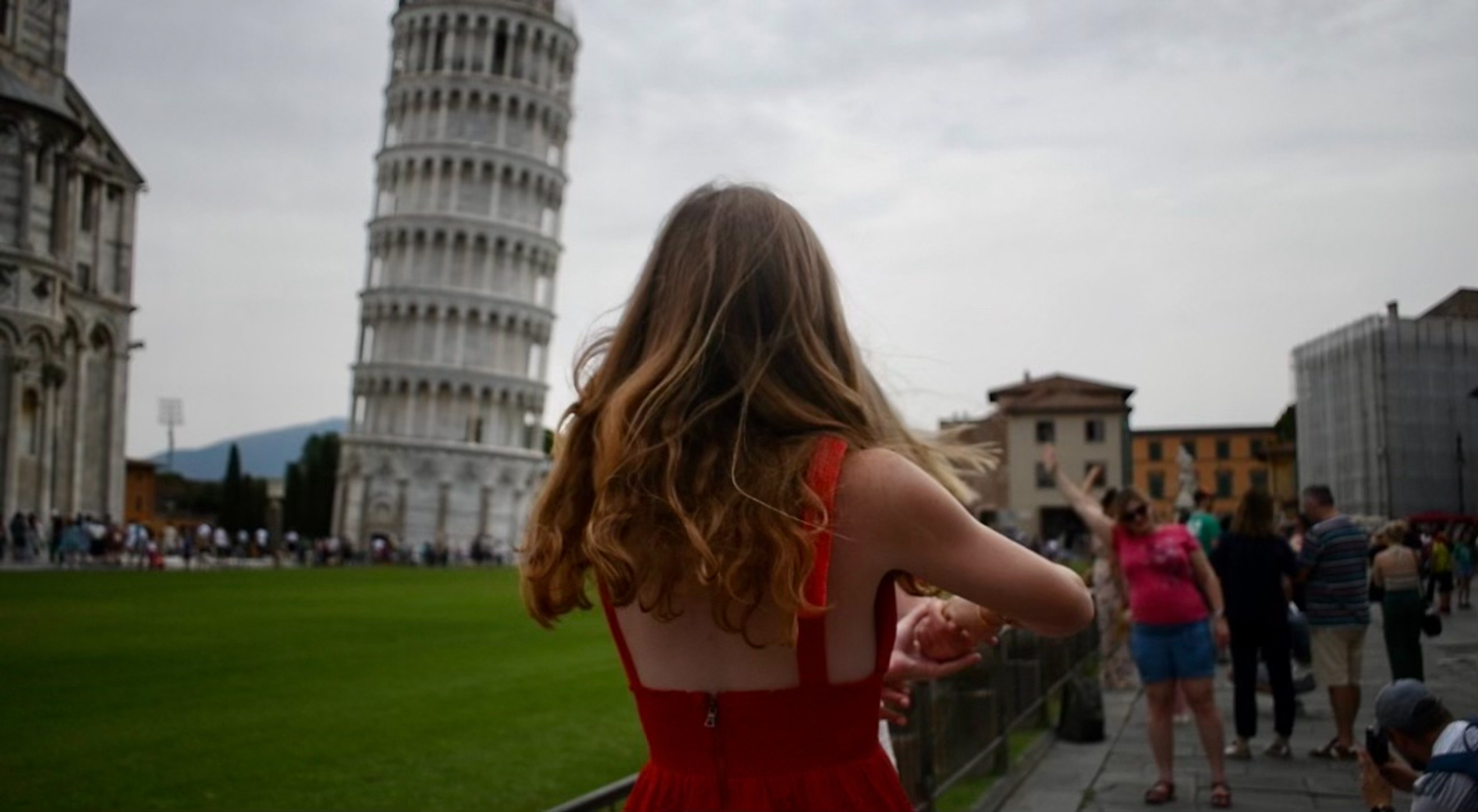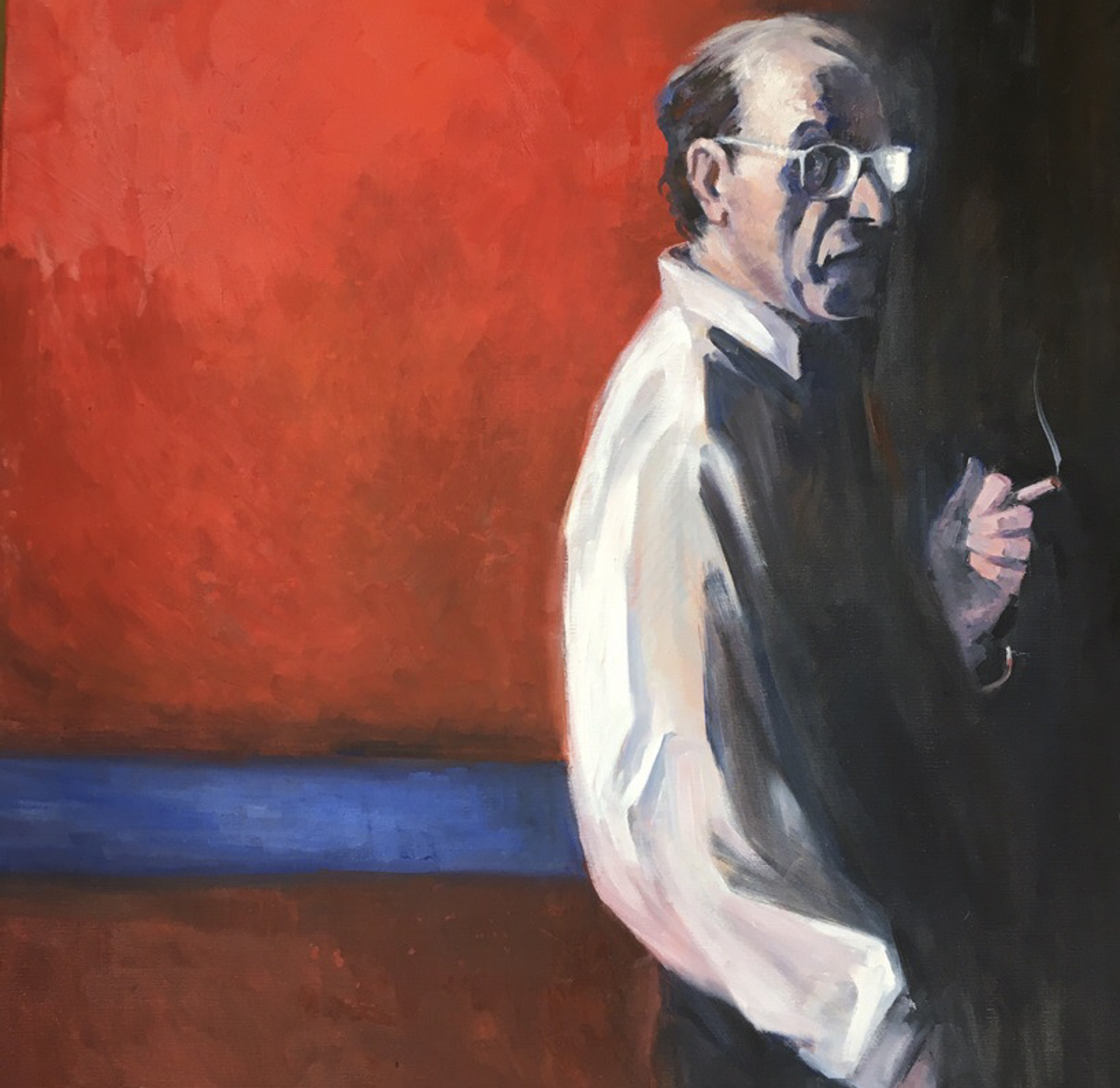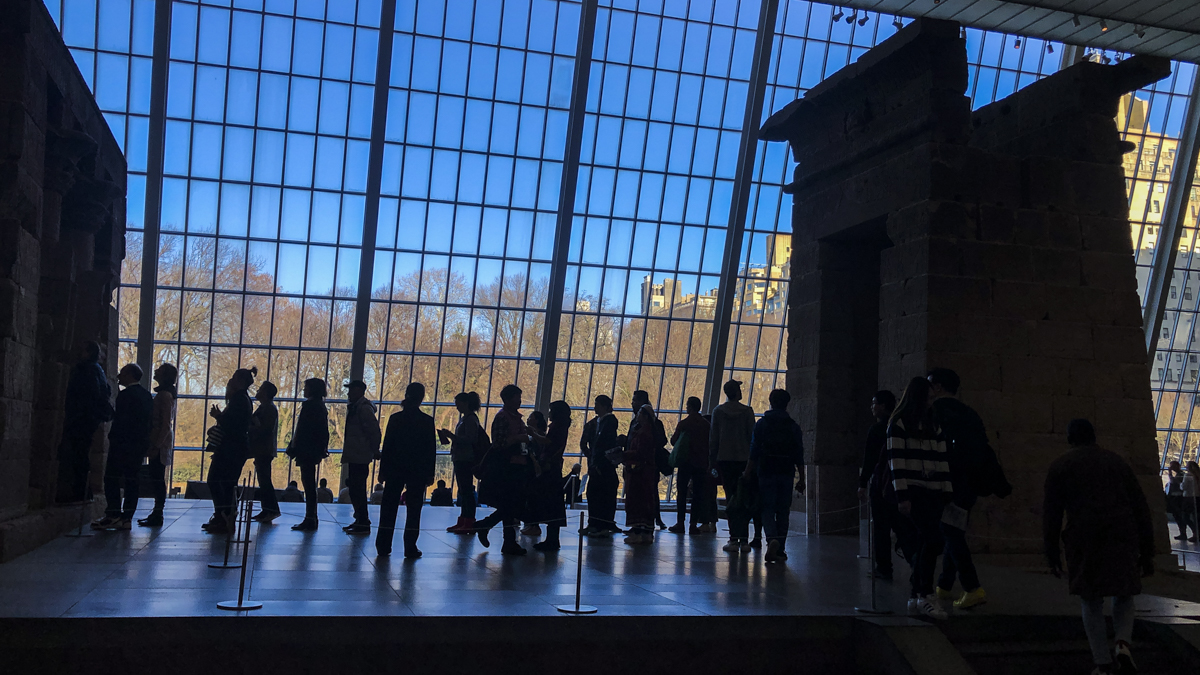
Interacting With Art: A Catalog of Tourists in Italy
STORY BY JC JOHNSON
While it wasn’t officially an Anthrow Circus travel tour, the fact that our editor, Kami Rice, and I, Anthrow Circus’s creative director, were in Italy together made it nearly so. Fitting well with Anthrow Circus’s love of investing in burgeoning writers and photographers and artists, we embarked on a photography study tour as mentors to a group of my just-graduated high school students. Given their new status as legal “adults,” the goal was to give them access to sites, history, and art while also giving them a taste of responsibility as they explored and interacted with famous Italy.
But as our group tour of Italy continued, it became clearer to me that we were those tourists. We may have thought we were special, and in some ways, we were. But simultaneously, we were also them. We weren’t always the same type of tourist, in that we played different tourist roles, but still, at some point, we were those tourists.







